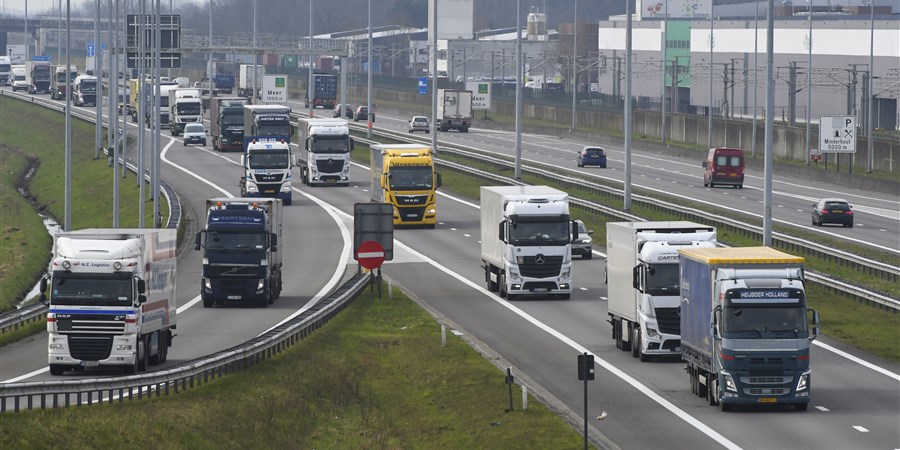Supply- and use, input-output and sector accounts

Supply and use tables
The supply table describes the supply of different kinds of product. A distinction is made between domestic output by industry and imports of the various product groups. A row in the supply table describes the supply of a particular product group. The use table describes the use of different kinds of product. A distinction is made between intermediate consumption by industry and final expenditure. Final expenditure is broken down into exports, final consumption expenditure by households, final consumption expenditure by general government, gross fixed capital formation and changes in inventories. A row in the use table describes the destination of each product.
Input-output tables
Supply and use are also shown in the input-output table. However, the focus is on the volume that went from each supplier to each user. The supplier may be and industry or imports and the user an industry or exports. Supply and use are not specified by product group. The input-output table is derived from the supply and use tables.
The input-output tabels are replaced on 8-10-2020. Despite the careful preparation of this publication we have detected a mistake. For this we offer our sincere apologies. In the input-output tables of 2018 and 2019, the distribution of the energy tax between 'other taxes on imports' and 'other taxes on products' proved incorrect. The correction of this error affected several other cells of the input-output tables.
Sector accounts
Sector accounts present a coherent overview of all economic processes and the roles played by the various sectors. The accounts describe production, generation of income, primary and secondary income distribution, final consumption, redistribution through capital transfers, capital formation and financing.
Each economic process is described in a separate account. The accounts register economic transactions, distinguishing between uses and resources, with a special item to balance each account. By passing on the balancing item from one account to the next a connection is created between subsequent accounts and the processes described in them.
These accounts do not just exist for the total economy; they are also compiled for separate domestic sectors. The accounts of transactions between the rest of the world and the Netherlands.
Downloads
- Table - Input-Output tables 2015-2019
- Table - Use tables 2015-2019
- Table - Supply tables 2015-2019
- Table - Sector accounts 1995-2019